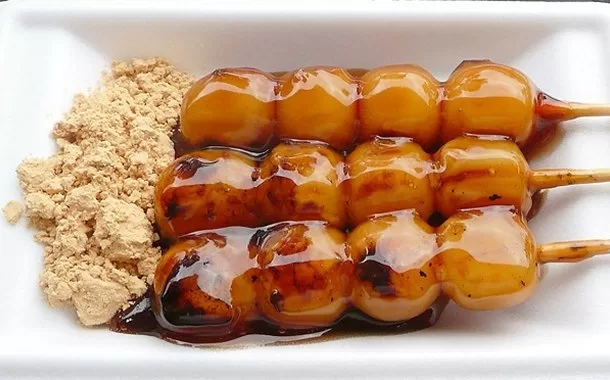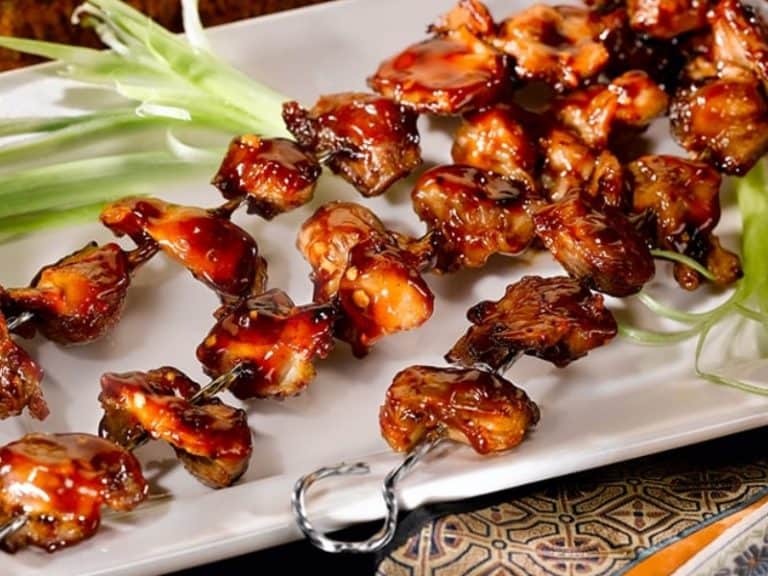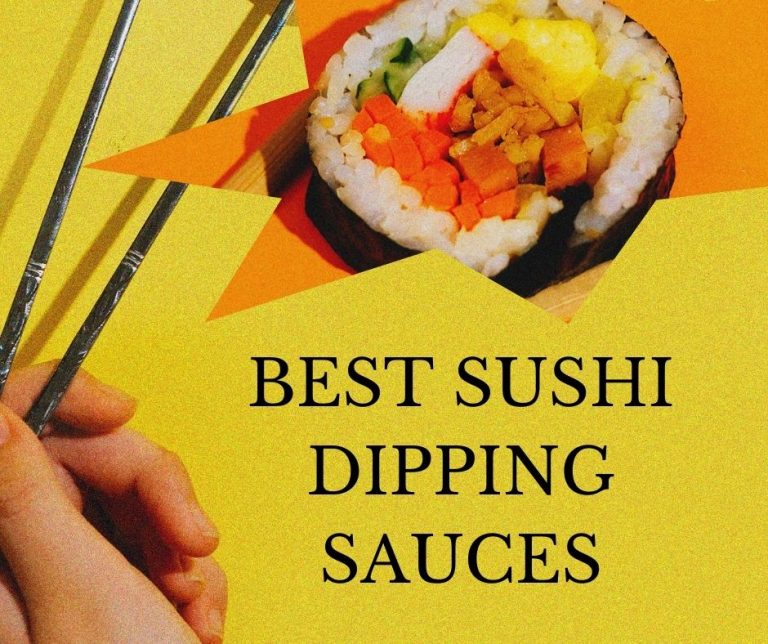Homemade Japanese Gochujang Yakiniku Sauce Recipe
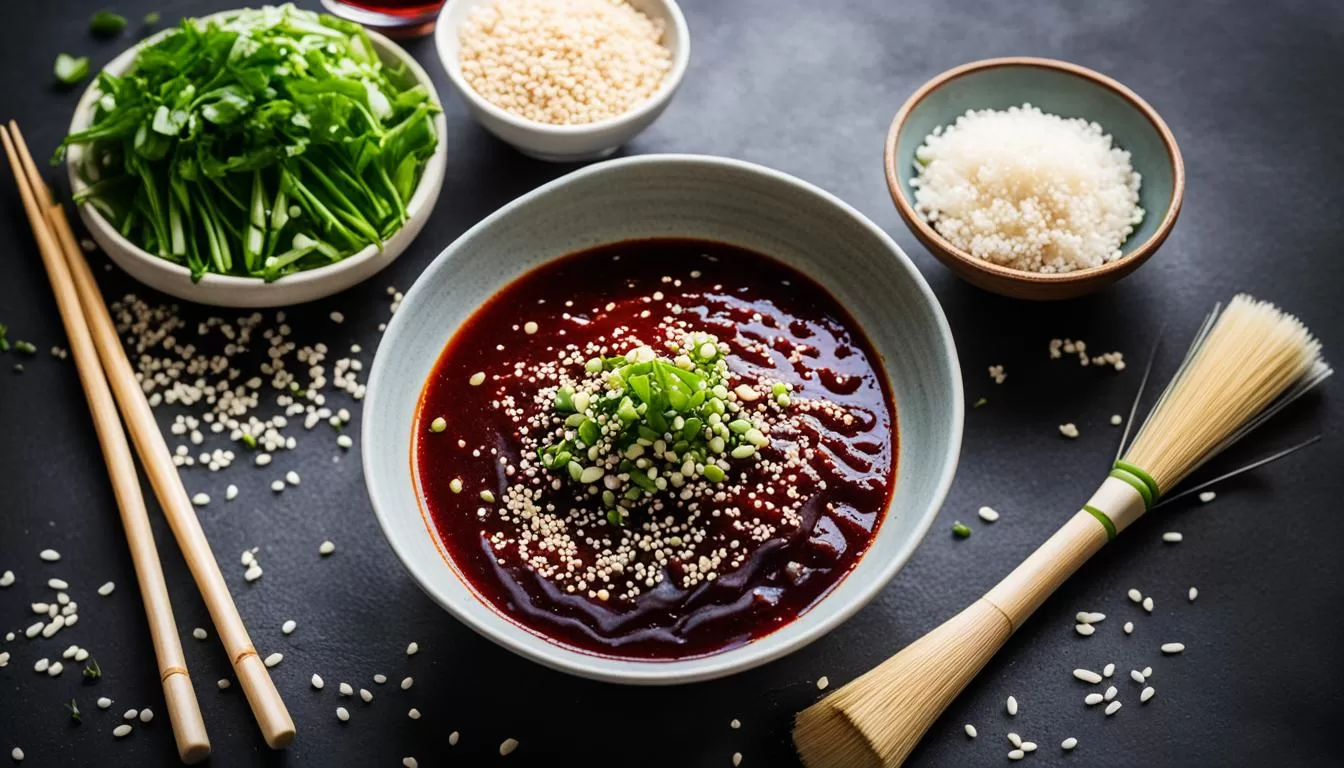
Embark on a culinary adventure right at home with the creation of a quintessential Gochujang yakiniku sauce, the heart and soul of Japanese BBQ sauce. This homemade sauce recipe is designed to elevate your grilling game, adding a delectable depth of flavor that transforms any barbecue experience. Whether you’re an experienced grill master or a home cook looking to explore new flavors, let’s delve into the finesse of fusing sweet, savory, and piquant elements into your grilling condiments.
Your journey into the world of DIY sauces challenges the mundane, ensuring each grilled masterpiece is replete with personal touch and tailored flavors. Stepping away from the shelf to mix your own sauce not only guarantees freshness, but arms you with control over every ingredient, dialing in perfect harmony for your palate. Dive in, as you’re just a whisk away from crafting a Gochujang yakiniku sauce that will become the centerpiece of your grilling experiences.
Unveiling the Magic of Yakiniku Sauce
Discover the essence of authentic Korean flavors with the unique Yakiniku sauce, a cornerstone of Japanese barbecue that resonates with the profound cultural significance of yakiniku. Let’s delve into the origins and preparations that make Yakiniku no tare more than just a sauce—it’s a culinary tradition steeped in history and communal dining.
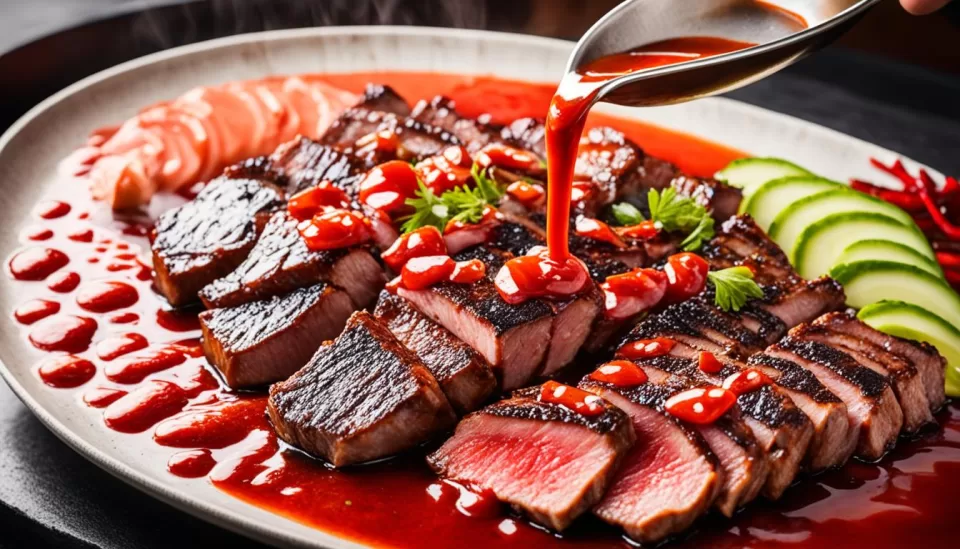
Origin and Cultural Significance
Yakiniku no tare, the beloved sauce of Japanese BBQ, carries a history as rich as its flavor. Born from the fusion of Japanese and Korean culinary practices, this sauce has transcended borders to become a staple at yakiniku restaurants in Japan. Its unique blend of sweet and savory has positioned it as a quintessential condiment that celebrates the union of these two cuisines.
The Centrality of Sauce in Yakiniku Experience
The act of grilling at the table and sharing a meal is central to the yakiniku experience. This practice emphasizes the spirit of togetherness and the pleasure of eating. The sauce acts as a communal tie, with each diner dipping their grilled morsels into a shared bowl of Yakiniku no tare, each bite enriched by the harmonious blend of the sauce’s components.
Homemade Vs. Commercial Sauces
While commercial sauces from brands like Ebara Foods or Kikkoman offer convenience, a homemade Yakiniku no tare offers a fresh, preservative-free alternative that captures the heart of yakiniku. Crafting your sauce at home allows for personalization, ensuring each ingredient harmonizes to create a memory on the palate.
| Aspect | Homemade Yakiniku Sauce | Commercial Sauce |
|---|---|---|
| Freshness | Made to order; often from locally sourced ingredients | Mass-produced; longer shelf life |
| Flavors | Customizable; can be altered to taste | Standardized; consistent taste |
| Health | No preservatives; control over additives | May contain preservatives and additional additives |
| Cultural Connection | Engages with traditional preparation methods | Offers a taste of tradition with modern convenience |
Essential Ingredients for an Authentic Gochujang Yakiniku Sauce
Embarking on the creation of an authentic Gochujang yakiniku sauce begins with the careful selection of high-quality ingredients. Infused with the essence of Asian culinary traditions, this blend transforms into a Korean BBQ sauce with a rich profile, perfect as a marinade sauce or a spicy condiment to elevate your favorite dishes. Let’s breakdown the fundamental components that make this sauce a staple in kitchens across the world.
The Role of Sweet Onion and Aromatics
Sweet onions are fundamental in building the base of your sauce, offering a slight crunch and a delicate sweetness that balances the fieriness of the other ingredients. When paired with the robust aromatics of garlic and ginger, they contribute a dynamic zest that is both warming and invigorating.
Gochujang: The Heart of Spicy Condiment
At the core of this marinade sauce is gochujang—a fermented Korean chili paste that delivers a complex flavor profile. It’s the cornerstone that imparts a harmonious blend of heat, sweetness, savory notes, and a hint of smokiness, making it an indispensable element of this spicy condiment.
Distinguishing Japanese Soy Sauce and Its Impact
Japanese soy sauce, known for its distinctive umami-rich character, adds depth and a liquid velvet texture to your sauce. This carefully crafted soy sauce differentiates itself from other variants with its subtle balance of flavors that is integral to the traditional yakiniku sauce’s authenticity.
Sesame Elements: Oil and Seeds for Depth and Texture
Roasted sesame oil, along with toasted sesame seeds, are the final touches that elevate the condiment’s sensory profile. The oil contributes an irresistible, smoky fragrance and a silky finish, while the seeds offer a nutty crunch that delights the palate, adding complexity and texture to your Korean BBQ sauce.
Step-By-Step Guide to Creating Your Yakiniku Sauce
Embark on the culinary adventure of crafting the perfect grilled meat sauce with this step by step tutorial designed for your home kitchen. Follow these simple steps to concoct a yakiniku sauce recipe that is bound to elevate your grilling experience.

- Prepare the Base: Grate a sweet onion, making sure to preserve all its natural juices—this will form the core of your yakiniku sauce’s flavor.
- Introduce Aromatics: Mince fresh garlic and ginger finely, releasing their aromatic oils into your mixture, which adds depth and complexity to the sauce.
- Mix Main Ingredients: Combine the grated onion, minced garlic, and ginger with a generous spoonful of gochujang, a dash of Japanese soy sauce, a sprinkle of sugar, and a handful of toasted white sesame seeds.
- Microwave for Flavor Fusion: Heat the mixture briefly in the microwave to melt the sugar and allow the distinct flavors to meld together harmoniously.
- Add the Finishing Touch: Stir in toasted sesame oil as a final step, which provides your sauce with a luscious texture and adds beautiful nutty speckles.
Your homemade yakiniku sauce is now ready to be savored with your favorite grilled delicacies or stored for future barbeque sessions. Its rich flavor profile is sure to impress and add that special touch to any grilled dish.
Gochujang Yakiniku Sauce: The Ultimate Grilled Meat Companion
The savory complexity of Gochujang yakiniku sauce cannot be understated; it truly is a transformative condiment in the world of grilling. As you explore the diverse applications of this homemade marvel, you’ll see how it earns its reputation as the ideal grilled meat companion. Its ability to elevate the simplest ingredients to gourmet levels is why this spicy, sweet concoction should be a staple in your culinary toolkit.
Best Pairings for Your Yakiniku Sauce
Pairing for yakiniku sauce can be quite the adventure. Imagine sizzling slices of beef or tender chunks of chicken soaking up its delectable goodness. Picture crisp vegetables dipped into its rich, tangy depths. Your homemade yakiniku sauce isn’t just an addition; it’s a centerpiece that brings your entire meal to life. Feel free to get creative and pair it with unconventional choices like seafood or tofu to see how it transforms their flavors too.
Reinventing Meals with Your Homemade Sauce
Reinventing meals becomes a thrilling challenge when armed with your own batch of Gochujang yakiniku sauce. Use it to bring a new zest to classic stir-fries, or drizzle it over rice and noodles for an unexpectedly delightful twist. Your homemade sauce is not just an accent; it’s a catalyst for culinary innovation that encourages you to experiment and personalize dishes to your palate’s preference. Let it inspire your home cooking, turning everyday meals into memorable feasts.
Storing and Shelf Life of Your Yakiniku Sauce
Ensuring the longevity of your yakiniku sauce is straightforward: keep it well sealed and refrigerated. Under optimal conditions, your sauce can remain vibrant and flavor-packed for up to two weeks. This longevity means you can savor your efforts over time, adding a dash of homemade excellence to meals whenever the mood strikes. Remember, the key to preservation is as much about how you store it as it is about the quality of ingredients you use. So, treat your sauce with care, and it will continue to be a trusty addition to your dishes, bringing that robust, spicy undertone that you love.



